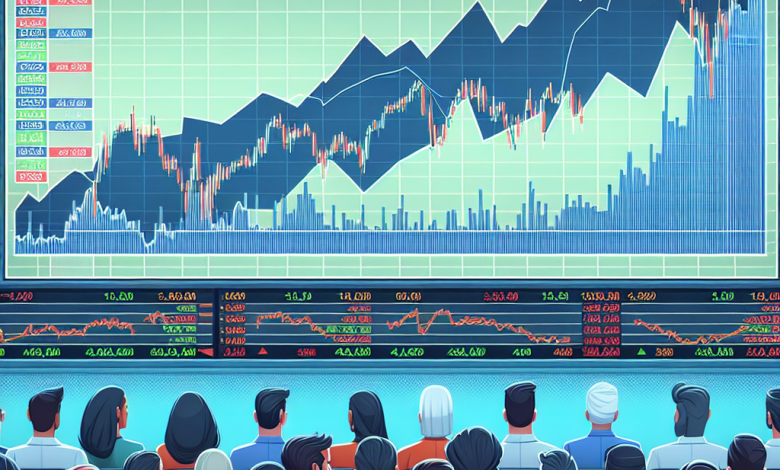
Stock Market Rally Broadening May Take a Breather in the Coming Weeks
Investing.com reports that the S&P 500 Equal Weighted (SPW) and the S&P 500 (SPX) achieved historic returns in the third quarter, although Barclays strategists suggest that seasonality may present challenges for the broadening trade in the upcoming months.
The performance of these two indices in Q3 ranked above the 90th percentile of historical quarterly results. Notably, July saw particularly strong gains, reaching the 97th percentile, which is impressive considering that July typically poses challenges for SPW.
Looking ahead, while the fourth quarter generally favors equities, seasonality may provide support for SPX in October and for SPW in December. Barclays strategists have outlined three key points to consider.
First, both SPX and SPW could benefit from the approaching earnings season, as estimates have seen significant downward revisions, particularly in non-technology sectors.
Second, the favorable seasonality in December for both SPW and SPX could coincide with the anticipated convergence in earnings growth between major technology companies and the larger equity market.
Lastly, the conclusion of the U.S. election in November may benefit SPW, as value stocks, which align closely with SPW, tend to perform well after presidential elections.
In summary, the strategists believe that while the broadening trade may slow down temporarily over the next month, fundamentals and thematic positioning are likely to attract buyers again as the year comes to a close.
On a related note, U.S. stocks closed lower on Thursday as investors awaited the September jobs report and monitored the rising tensions in the Middle East. The forthcoming payrolls report is considered critical for determining the future trajectory of U.S. interest rates, with economists forecasting an addition of 140,000 jobs and an unchanged unemployment rate of 4.2%.
The Dow Jones Industrial Average fell by 184.93 points, or 0.44%, to 42,011.59. The S&P 500 decreased by 9.58 points, or 0.17%, to 5,699.96, while the Nasdaq Composite slipped 6.65 points, or 0.04%, to 17,918.48.
Additionally, the CBOE Volatility Index, a measure of market anxiety, rose to 20.49, marking its highest level since early September.
 GOOGL
GOOGL  META
META 


